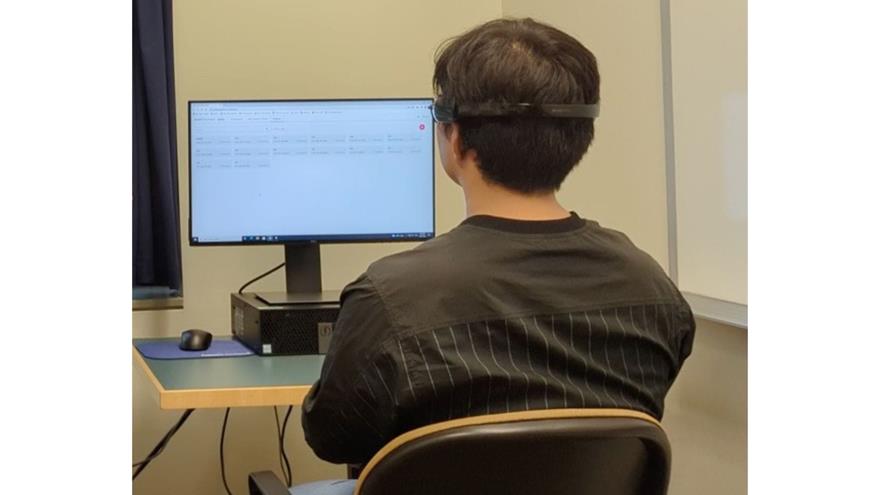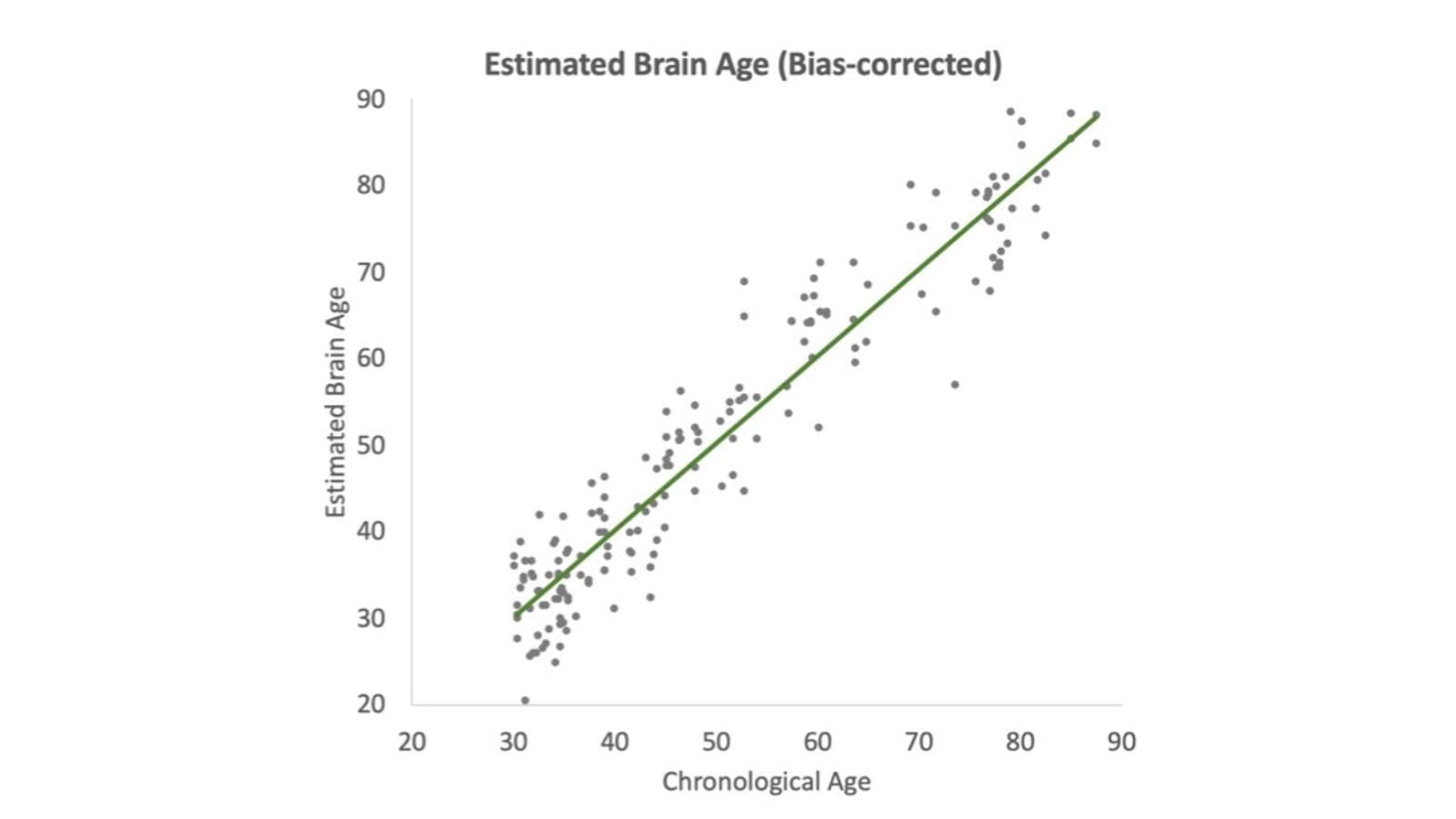New AI-Technology Estimates Brain Age Using Low-Cost EEG Device

- Drexel Environmental Collaboratory Releases Cross-Sector Findings on Severe Weather Recovery Challenges
- Drexel Launches the Manuel Stamatakis Center for Alternative Investments at the LeBow College of Business
- How and When Could AI Be Used in Emergency Medicine?
- Faculty Highlights: Recent Awards and Grants

As people age, their brains do, too. But if a brain ages prematurely, there is potential for age-related diseases such as mild-cognitive impairment, dementia, or Parkinson’s disease. If “brain age” could be easily calculated, then premature brain aging could be addressed before serious health problems occur.
Researchers from Drexel University’s Creativity Research Lab developed an artificial intelligence technique that can effectively estimate an individual’s brain age based on electroencephalogram (EEG) brain scans. The technology could help to make early, regular screening for degenerative brain diseases more accessible.
Led by John Kounios, PhD, professor in Drexel’s College of Arts and Sciences and Creativity Research Lab director, the research team used a type of artificial intelligence called machine learning to estimate an individual’s brain age similar to the way one might guess another person’s age based on their physical appearance.
“When you meet someone for the first time, you might try to estimate his or her age: Is their hair grey? Do they have wrinkles?” said Kounios. “When you learn how old they really are, you might be surprised at how young or old they look for their age and judge that they are aging more quickly or more slowly than expected.”

Currently, machine-learning algorithms can learn from MRI images of healthy people’s brains what features can predict the age of an individual’s brain. By feeding many MRIs of healthy brains into a machine-learning algorithm along with the chronological ages of each of those brains, the algorithm can learn how to estimate the age of an individual’s brain based on his or her MRI. Using this framework, Kounios and his colleagues developed the method for using EEGs instead of MRIs.
This can be thought of as a measure of general brain health, according to Kounios. If a brain looks younger than the brains of other healthy people of the same age, then there is no cause for concern. But if a brain looks older than the brains of similarly aged healthy peers, there could be premature brain aging – a “brain-age gap.” Kounios explained that this kind of brain-age gap can be caused by a history of diseases, toxins, bad nutrition, and/or injuries, and can make a person vulnerable to age-related neurological disorders.
Despite brain-age estimates being a critical health marker, they have not been widely used in health care.
“Brain MRIs are expensive and, until now, brain-age estimation has been done only in neuroscience research laboratories,” said Kounios. “But my colleagues and I have developed a machine-learning technology to estimate a person’s brain age using a low-cost EEG system.”
Electroencephalography, or EEG, is a recording of a person’s brain waves. It’s a less expensive and less invasive procedure than an MRI — the patient simply wears a headset for a few minutes. So, a machine learning program that can estimate brain age using EEG scans, rather than MRIs, could be a more accessible screening tool for brain health, according to Kounios.
“It can be used as a relatively inexpensive way to screen large numbers of people for vulnerability to age-related. And because of its low cost, a person can be screened at regular intervals to check for changes over time,” Kounios said. “This can help to test the effectiveness of medications and other interventions. And healthy people could use this technique to test the effects of lifestyle changes as part of an overall strategy for optimizing brain performance.”
Drexel University has licensed this brain-age estimation technology to Canadian health care company DiagnaMed Holdings for incorporation into a new digital health platform.
In addition to Kounios, Fengqing Zhang, PhD, and Yongtaek Oh, PhD, of Drexel University and Jessica Fleck, PhD, of Stockton University contributed to this research.
Read the full paper in Frontiers in Neuroergonomics.
In This Article
Contact
Drexel News is produced by
University Marketing and Communications.